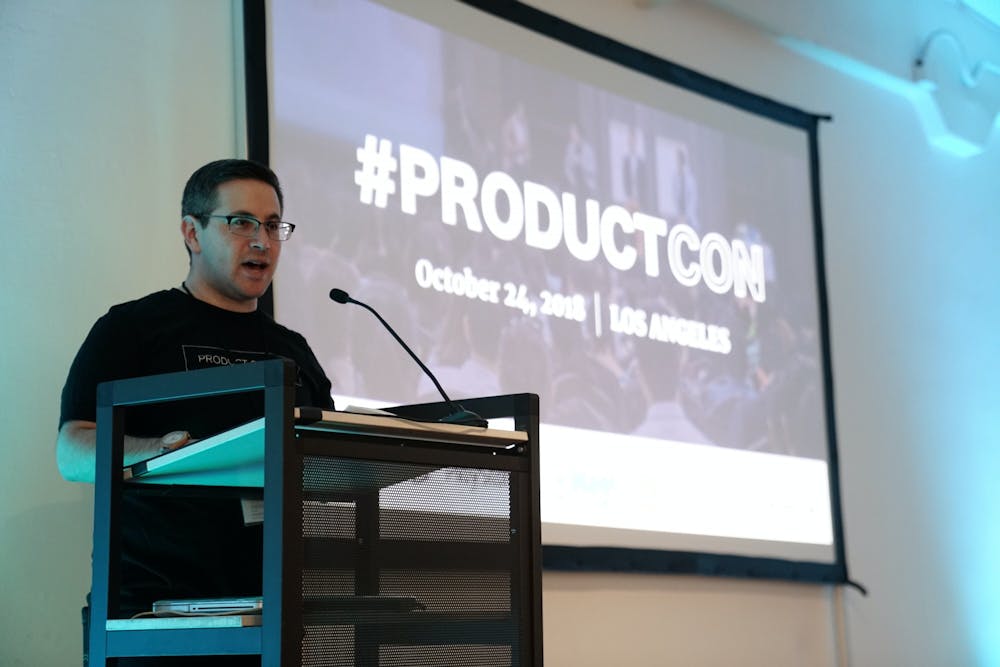When managing people, it is critical to the success of the company to find ways to keep employees motivated and engaged. Otherwise, the production will suffer, and you will be forced to invest more into recruitment and onboarding, as you will experience a high turnover rate. Reducing turnover by encouraging loyalty among your team members is the most effective way to manage.
Here are five ways to keep employees and team members motivated.
1. Offer kudos for good work.

Photo Courtesy of Scholarship Media
Everyone likes to know that their hard work is being noticed. Employees want to know that their company sees them and their accomplishments. One way to ensure that employees are being recognized is to have a simple prize program. For example, one employer would hand out kudos bars during staff meetings to team members that had achieved their work goals for the month. While a granola bar isn't a highly valuable or sought after prize, it is the recognition that will keep employees motivated and engaged. It is a great way to let employees know that their supervisors are paying attention, and not taking them for granted. Although team members can be replaced, no one wants to feel replaceable, so it is the job of management to make sure every good employee feels valued.
2. Set realistic goals and recognize them.

Photo Courtesy of Scholarship Media
Often, to save money, companies will understaff their departments, so the employees feel tremendous pressure to complete an unrealistic amount of work. Setting realistic work goals and recognizing employees that achieve their goals will both empower and motivate them. Empowered employees will be more loyal and engaged in their work and they will want to accomplish new and more significant goals because they know their work is appreciated. Combining realistic goals with a recognition program as an incentive for good work, will go a long way. Setting up a leaderboard, or a tracker for the completion of tasks and goals, or even a little healthy competition are all great ways to ensure that what is expected is still realistic, but also helpful to learn who should be rewarded when expectations are exceeded.
3. Encourage work-life balance.

Photo Courtesy of Scholarship Media
While encouraging work-life balance through flexible scheduling and remote work may initially seem counterproductive, it has been proven to motivate and engage employees effectively. They will feel loyal to their employer out of gratitude for the good work-life balance. While their work is essential, showing employees that you respect the need for them to have time with their family, and providing that flexibility to fit work around their home life will ultimately lead to them working harder and being more productive. While not all jobs can be done remotely, making an effort to work with the employees' home schedules will go along way to promote loyalty to the workplace.
4. Communicate effectively.

Photo Courtesy of Scholarship Media
Poor communication is frustrating in so many different ways. Employees will feel unclear about the expectations placed on them and the goals they need to achieve. They will lose respect for their supervisors and not feel motivated to do their work, leading to a decline in activity levels, an underachievement in the collective goal, as individual targets and goals are overlooked, and friendly competition going out of the window along with employees' pride in their work. Your employees may not even be aware of their lack of motivation. They may simply feel confused, and resistant to asking questions due to previous poor communication. Utilizing a sleek and eye-catching PowerPoint template when making announcements, presenting new projects and goals, or even discussing new challenges for the office, will provide a compelling visual, and increase positive communication. Powerpoint has always been the go-to for informative and easy-to-follow presentations. However, taking advantage of powerpoint templates will make creating the PowerPoint presentations easier, while also making it a more effective communication tool.
5. Offer out-of-the-box benefits.

Photo Courtesy of Scholarship Media
In the 1940s, the government restricted how much money a company could offer an employee, in an effort to stop inflation. As a result, benefits became a significant incentive for companies who were wanting to offer employees a competitive advantage. Traditionally, benefits included provisions such as health insurance and paid time off for vacation or illness. While those perks are still highly sought after, offering out-of-the-box benefits is potentially the best way of keeping employees engaged and motivated. Some great ideas include maternity and paternity leave, adoption assistance, student loan payments, company-sponsored meals, on-site child care, and a fitness room or membership to a nearby fitness center. Employers can also utilize an office fitness challenge app to engage with their employees, promote wellness and employee health, and appeal to their competitive nature. Encouraging physical activity on-site with simple challenges, such as office exercise routines, or push-up challenges and competitions, or helping to set up more long-term hobbies that promote a healthy lifestyle, like organising walking meetings for employees to embark on hikes and walking challenges, will benefit the company in many ways. In addition to keeping employees engaged and motivated, they can also get incentives from their health insurance providers.





